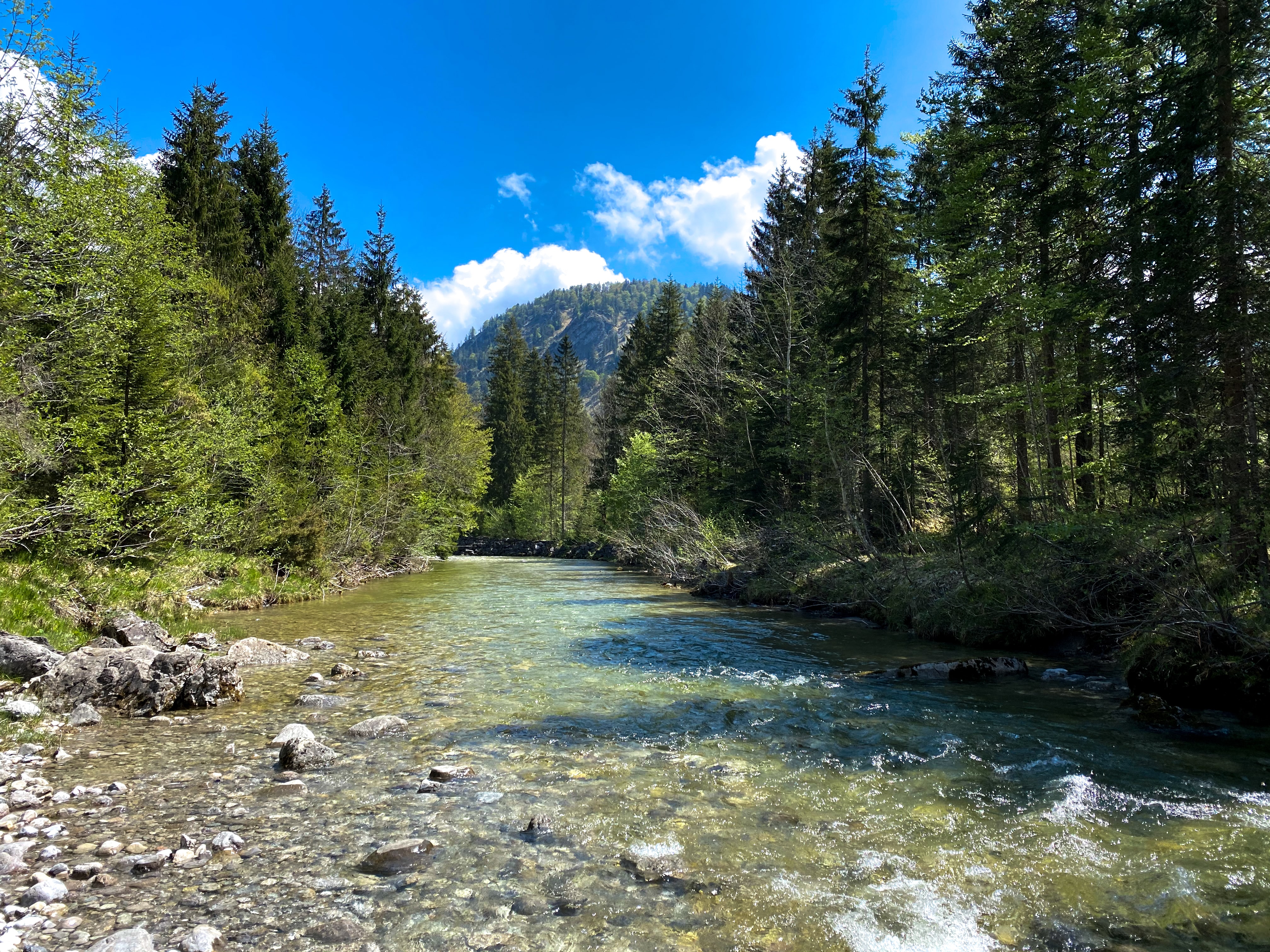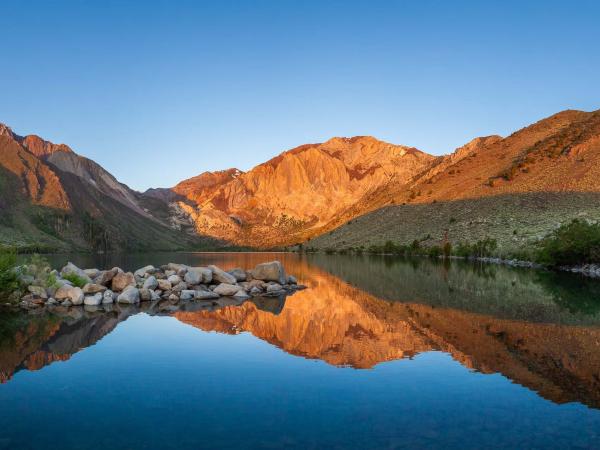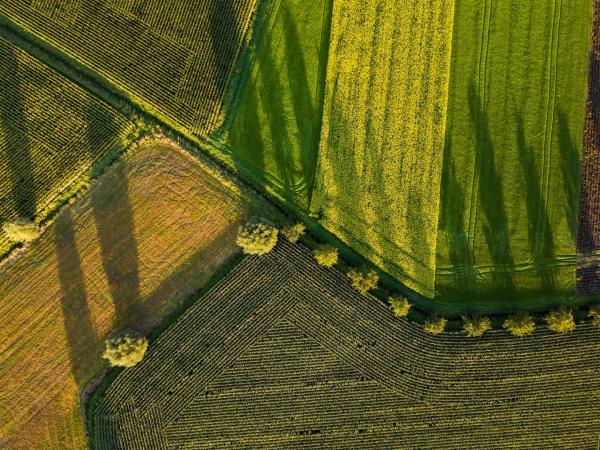
Most rivers exchange water with surrounding groundwater aquifers. Waterways can either gain water from, or leak water into, the ground depending on the underlying rock formations and groundwater levels. Where groundwater levels lie below those of nearby streams, water can infiltrate, thus reducing river streamflow and recharging the aquifer below.
‘Losing’ streams have important implications for water availability, riparian ecosystems, and environmental flows. However, the interplay between surface and ground water has often been overlooked due to the difficulty of studying it.
Bren assistant professors Scott Jasechko and Debra Perrone set out to study this phenomena, and devoted years compiling and analyzing data from 64 agencies across the U.S “Compiling these data was a massive undertaking. We collected millions of datapoints and reviewed hundreds of papers over the course of six years” Perrone said in an interview with The UCSB Current. Simply put, no one had previously stitched together so many measurements of groundwater, explained Jasechko, the study’s co-lead author. Typical groundwater studies include water level measurements from a few hundred to 1,000 wells. This study encompasses 4.2 million.
Perrone, Jasechko and colleagues then investigated the interaction between these related resources, and found that nearly two-thirds – or 64 percent – of the wells had water levels below the nearest stream. This creates a gradient that can drive water from the river channel into the aquifer beneath. Their results, published in Nature, indicate that many more rivers across the United States may be leaking water into the ground than previously realized.
"Our analysis shows that two out of three rivers in the U.S. are already losing water. It’s very likely that this effect will worsen in the coming decades and some rivers may even disappear" said co-lead author Hansjörg Seybold at ETH Zurich in an interview with The UCSB Current.
These potentially losing rivers are more common in drier climates, flatter landscapes and regions with extensive groundwater pumping. A prime example of this would be flat agricultural land in semi-arid regions like California’s Central Valley. “We are literally sucking the rivers dry," Seybold said.
Losing rivers can impact other water users, downstream communities and ecosystems that rely on surface flows. “Losing rivers aren’t some hypothetical scenario,” Jasechko stated. “They’re here and now.” They are in part the result of the past century of water use and misuse.
The researchers also found that losing rivers have been widespread in the U.S. for quite some time, present in many places at least as far back as the 1940s and ‘50s. And while many waterways naturally lose water, the issue can be exacerbated by human activity.“This isn’t a new phenomenon,” Jasechko said. “It's been with us for decades.”
Recent modeling studies have suggested that losing streams could become common in future decades, but direct observations show that many rivers across the USA are already potentially losing flow, highlighting the importance of coordinating groundwater and surface water policy.“Big studies like this get people thinking about broader water policy,” Perrone said. “And for me, that is why continental scale analyses are important.”
“My hope is that this study gets more people thinking about the interconnection of groundwater and surface water where these two resources are connected, and it also gets groundwater policy on the map,” she continued. For so long this resource has been literally and metaphorically out of sight.
Perrone and Jasechko plan to expand this type of large-scale analysis to other parts of the globe and see how pumping and losing rivers impact groundwater-dependent ecosystems.
“If we have a better understanding of how widespread this phenomenon is, then we can influence future policy in positive ways,” added Perrone. Because society is past the point where it can talk about prevention; we’re now talking about response.
Further Reading:
Losing Rivers, The UCSB Current, 17 March 2021
Widespread potential loss of streamflow into underlying aquifers across the USA, Nature Communications, 17 March 2021




